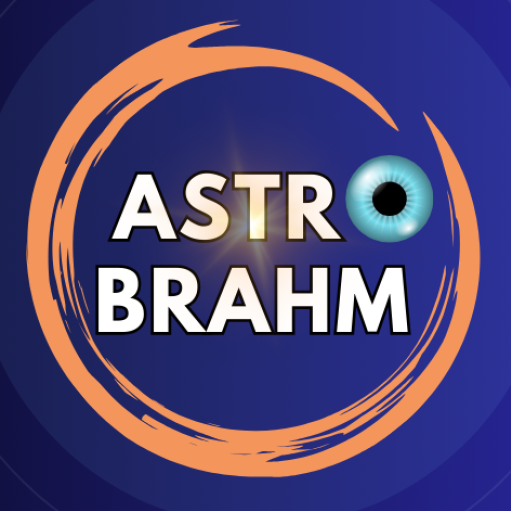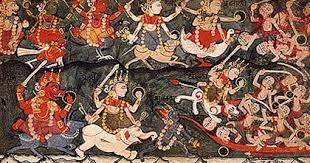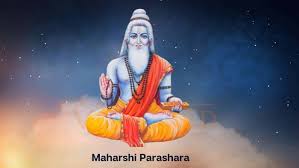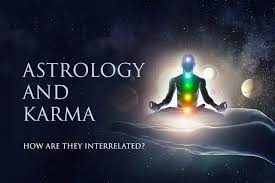Astrology during the Puranic period took a significant role in deepening and expanding the concepts established during the Vedic era. Rooted in the spiritual wisdom of the Puranas—ancient texts rich with mythological stories, cosmology, and cultural practices—astrology during this period evolved into a holistic tool to understand cosmic patterns and their connection to human life. It emphasized not just individual destiny but also collective influences and societal harmony.
Key Features of Astrology During the Puranic Period
1. Mythological Integration
Astrology during the Puranic period became enriched with mythological narratives that linked planets, constellations, and deities with specific energies and stories. This connection gave a spiritual and cultural dimension to astrology.
- Example: The planets (grahas) were anthropomorphized and linked to deities. For instance:
- Surya (Sun) was revered as the life-giver, symbolizing vitality and dharma.
- Shani (Saturn) was associated with karmic justice and challenges, depicted as a stern but fair judge.
2. Expansion of Planetary Roles
The significance of planets (grahas) and their influence became more nuanced during the Puranic period, with detailed associations of their energies and effects on various aspects of life.
- Example:
- Rahu and Ketu (shadow planets) were described in the Puranas as remnants of the demon Swarbhanu, split in two during the Samudra Manthan (churning of the ocean). These planets were linked to eclipses and karmic cycles, representing obsession and liberation, respectively.
3. Birth Chart Analysis
Astrological practices during this period emphasized detailed analysis of the Janma Kundali (birth chart), incorporating the positions of planets, houses, and nakshatras to understand individual life paths.
- Example: The Bhavapada system, which analyzed the significance of houses (bhavas), became more detailed. For instance, the 8th house was recognized for its connection to transformation, life mysteries, and karmic debts.
4. Nakshatras and Cosmic Patterns
The importance of nakshatras (constellations) expanded further, with detailed descriptions of their characteristics in the Puranas. Each nakshatra was associated with specific deities and qualities.
- Example:
- Ashwini Nakshatra was linked to the Ashwini Kumaras (divine physicians), symbolizing speed, healing, and new beginnings.
- Moola Nakshatra was associated with Nirriti, representing roots, transformation, and destruction as a precursor to renewal.
5. Auspicious Timings and Events
Astrology became an essential guide for determining auspicious timings (muhurta) for life events such as rituals, marriages, and ceremonies. The Puranas offered detailed guidelines for selecting favorable periods.
- Example: The Vishnu Purana discussed the importance of conducting yagnas during specific nakshatras to maximize cosmic blessings.
6. Remedies and Rituals
Astrology during this period placed great emphasis on remedial measures to mitigate malefic planetary effects and enhance benefic influences. Remedies included mantras, yagnas, donations, and fasting, often narrated in the Puranas.
- Example:
- To pacify Shani (Saturn), individuals were advised to observe fasts on Saturdays and donate black sesame seeds, as described in the Skanda Purana.
- Chanting specific mantras, such as the Gayatri Mantra for Surya, was seen as a way to strengthen planetary influences.
7. Cosmological Context
The Puranic period elaborated on the structure of the universe, including planetary systems, cycles of time (yugas), and the interplay of cosmic energies, all of which were integral to astrological interpretations.
- Example: The Brahmanda Purana discussed the division of time into Krita, Treta, Dvapara, and Kali Yugas, linking human experiences and karmic patterns to these cosmic cycles.
Conclusion
Astrology during the Puranic period evolved into a profound spiritual science that blended celestial mechanics, mythological narratives, and practical guidance. It emphasized the interconnectedness of human life, karma, and cosmic rhythms, offering tools for understanding destiny, overcoming challenges, and aligning with universal harmony. The wisdom of Puranic astrology continues to be a cornerstone of Indian Jyotish traditions.




